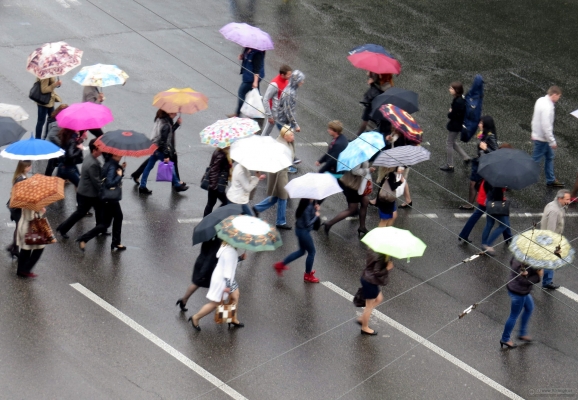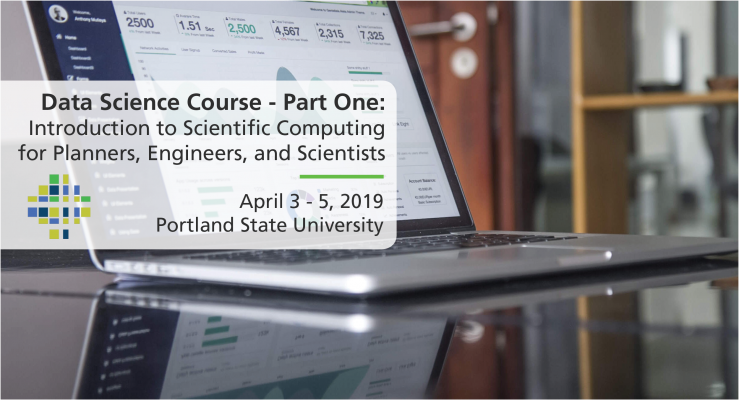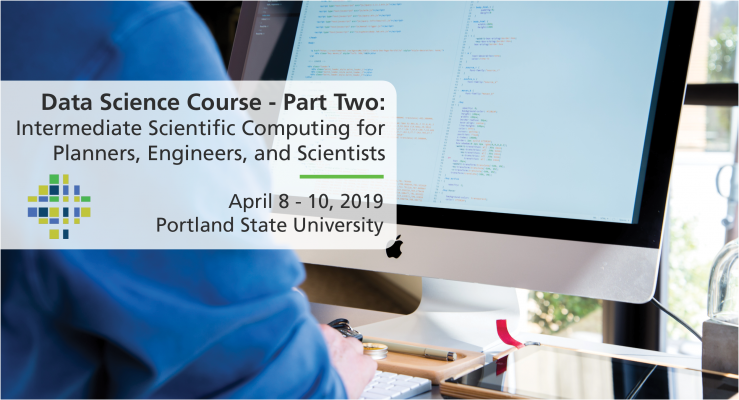The proliferation of information technology in the transportation field has opened up opportunities for communication and analysis of the performance of transportation facilities. The Highway Capacity Manual relies on rules of thumb and small data samples to generate levels of service to assess performance, but modern detection technology gives us the opportunity to better capture the dynamism of these systems and examine their performance from many perspectives. Travelers, operations staff, and researchers can benefit from measurements that provide information such as travel time, effectiveness of signal coordination, and traffic density. In particular, inductive loop detectors show promise as a tool to collect the data necessary to generate such information. But while their use for this purpose on restricted‐access facilities is well understood, a great many challenges remain in using loop detectors to measure the performance of surface streets.
This thesis proposes 6 methods for estimating arterial travel time. Estimates are compared to simulated data visually, with input/output diagrams; and statistically, with travel times. Methods for estimating travel time are applied to aggregated data and to varying detector densities and evaluated as above. Conclusions are drawn about which method provides the best estimates, what levels of data aggregation can still provide useful information, and what the effects of detector density are on the quality of estimates....
Read more


